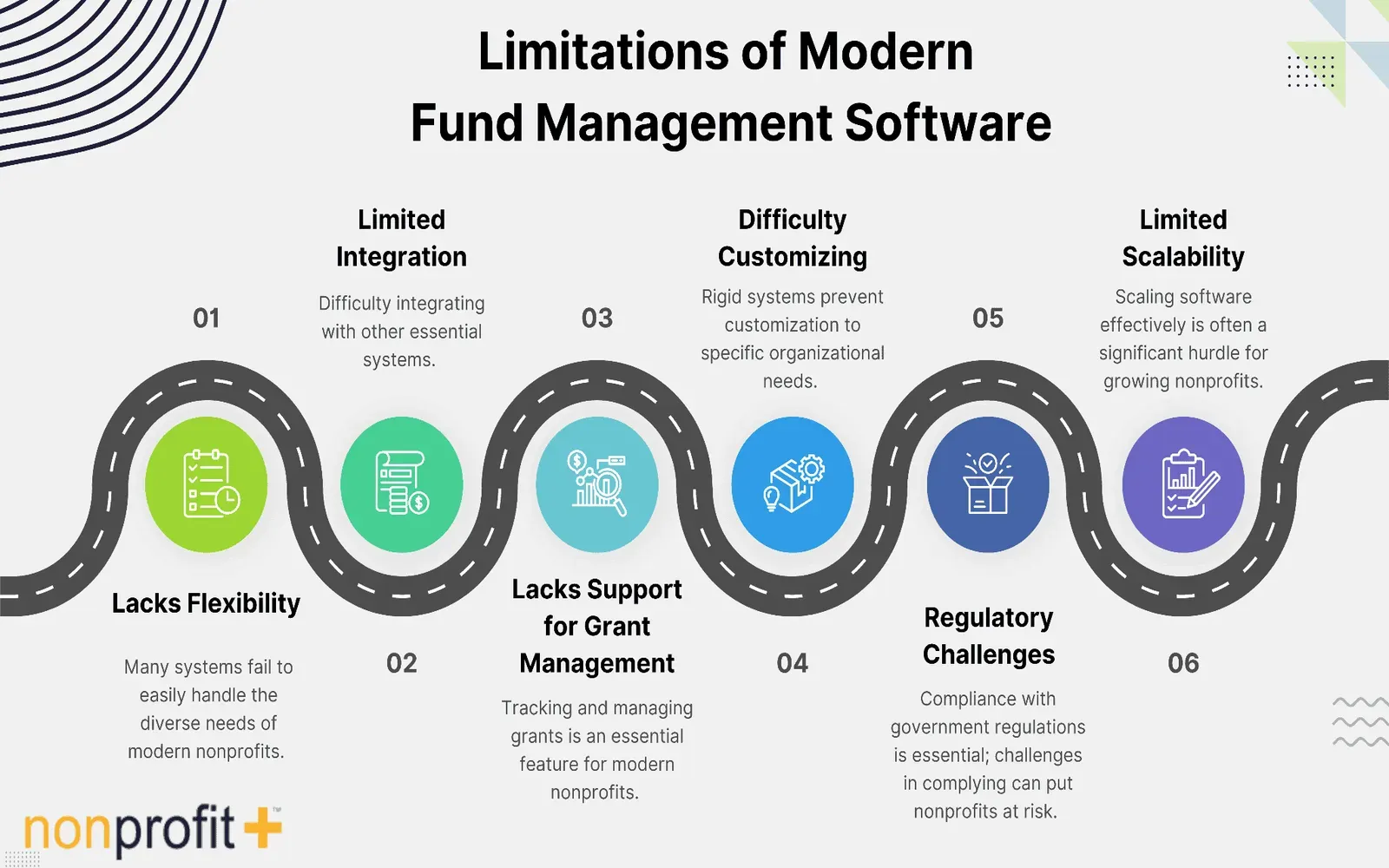Building a bond ladder can be an effective strategy for investors seeking steady returns while managing interest rate risk. This approach involves purchasing bonds with varying maturities, allowing the investor to take advantage of different interest rates and reinvest as bonds mature. Here’s a comprehensive guide on how to build a bond ladder for steady returns.
Understanding the Basics of a Bond Ladder
A bond ladder is a strategy that involves buying bonds with different maturity dates. This method allows investors to stagger the maturity of their investments, which helps manage the risks associated with interest rate fluctuations. When interest rates rise, the older bonds in the ladder may pay lower rates, but as those bonds mature, investors can reinvest in new bonds at higher rates.
Benefits of a Bond Ladder
Creating a bond ladder offers several benefits, including:
- Steady Income Stream: By having bonds maturing at regular intervals, you can create a predictable cash flow.
- Reduced Interest Rate Risk: By diversifying maturities, you lessen the risk of being locked into lower rates for extended periods.
- Flexibility: With bonds maturing at different times, investors have the opportunity to adjust their investment strategy as market conditions change.
Steps to Build Your Bond Ladder
Building a bond ladder involves several key steps:
1. Define Your Investment Goals
Before you start purchasing bonds, it’s crucial to define your investment goals. Are you looking for income, capital preservation, or a combination of both? Understanding your objectives will help you determine the appropriate bond types and maturities.
2. Choose the Right Bonds
You can select from various types of bonds, including:
- Government Bonds: Issued by the federal government and considered low risk.
- Municipal Bonds: Issued by state or local governments, often tax-exempt.
- Corporate Bonds: Issued by companies and generally offer higher yields but come with higher risk.
Consider your risk tolerance when selecting bonds. A diversified portfolio can help spread risk while providing steady returns.
3. Determine the Ladder Structure
Decide how many rungs you want in your ladder and the maturity lengths for each bond. A common approach is to have bonds maturing in one, two, three, four, and five years. This creates a five-rung ladder with bonds maturing at regular intervals, allowing for regular reinvestment opportunities.
4. Invest Your Capital
Once you’ve selected the types of bonds and defined the structure of your ladder, it’s time to invest. Purchase the bonds that align with your ladder structure, ensuring that you allocate your capital evenly across the various maturities.
5. Monitor and Rebalance Your Ladder
After establishing your ladder, it’s essential to monitor your investments and rebalance as necessary. If interest rates change significantly, you may want to adjust your ladder to take advantage of higher yields. Additionally, as bonds mature, reinvest the proceeds in new bonds to maintain the structure of your ladder.
Example of a Bond Ladder
Here’s a simple example of a bond ladder with an initial investment of $50,000:
| Maturity (Years) | Bond Type | Investment Amount | Yield (%) |
|---|---|---|---|
| 1 | Government Bond | $10,000 | 1.5 |
| 2 | Municipal Bond | $10,000 | 2.0 |
| 3 | Corporate Bond | $10,000 | 2.5 |
| 4 | Government Bond | $10,000 | 2.0 |
| 5 | Municipal Bond | $10,000 | 2.5 |
This table illustrates how you can diversify your investments across different types of bonds and maturities. The yields represent the expected returns, which can vary over time based on market conditions.
Final Thoughts
Building a bond ladder can be a sound strategy for investors looking for steady returns without taking on excessive risk. By carefully selecting bonds and managing your ladder, you can create a reliable income stream while minimizing the impact of interest rate fluctuations. Remember to review your bond ladder regularly and adjust it to align with your investment goals and market conditions.
With a well-structured bond ladder, you can enjoy the benefits of fixed-income investing while still having the flexibility to adapt to changing financial landscapes.









